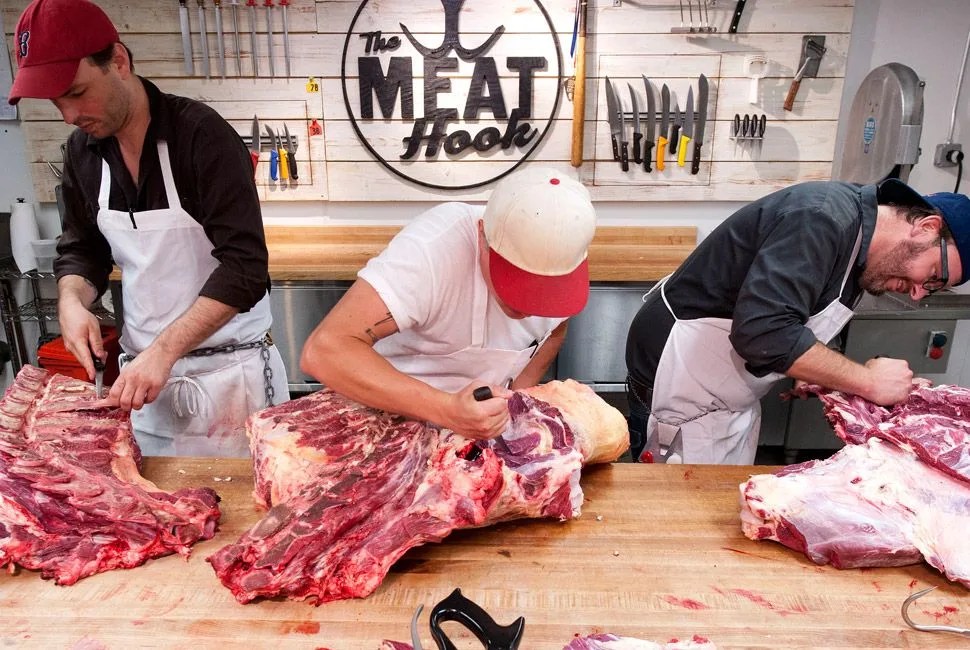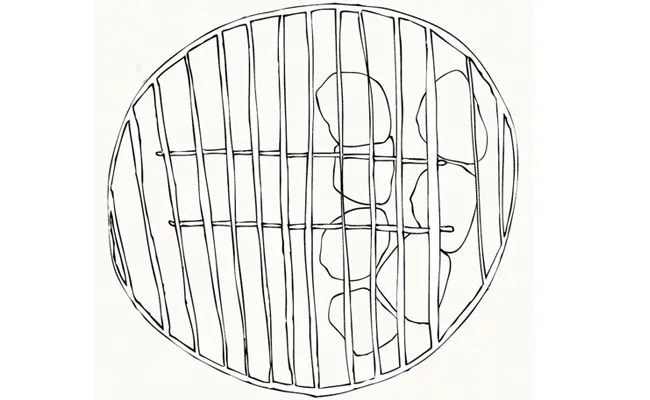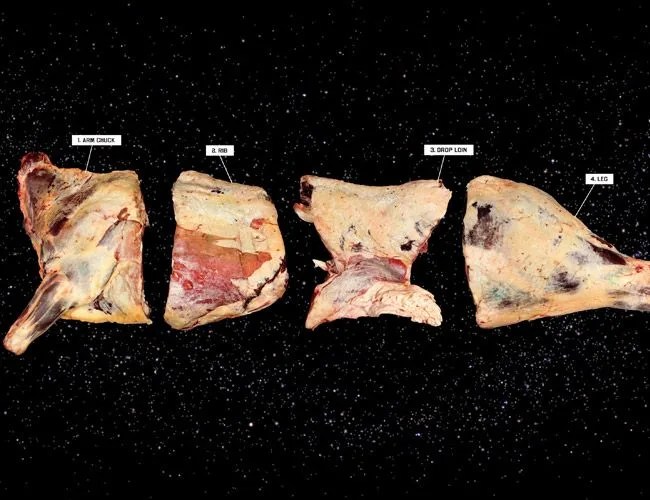Editor’s Note: We order meat online, snack on artisanal jerky and braise briskets the size of torsos. But if we’re meat freaks, Tom Mylan, owner of The Meat Hook butcher shop in Brooklyn, NY, is a like a beef cardinal. This grilling primer was excerpted from The Meat Hook Meat Book. (If you want more grilling tips, check them out here.
Using a Grill
Whether you have a cheaper grill or a top-dollar wood-fired jam, one thing should be made clear: grills don’t cook steaks by themselves. How you set up your fire is more important than what kind of fuel you use or the kind of grill you have. You can buy a fancy $5,000 grill, load it up with the most costly Japanese cult charcoal you can find, and completely ruin a lot of expensive meat because you have no idea how to build your fire.
Fire
OK, so let’s go Boy Scout here and talk about building the fire. First, assess your grilling needs: what are you cooking on the grill, and in what order is the food going to be served? Let’s say that you’re doing a fairly normal weekend party menu with grilled veggies, steaks, chicken, and sausages.
Well, you now know that you’ll need two very different heat situations going on with the fire if you want all this stuff to come off the grill at around the same time. This means that you’re going to want to build a fire that looks like the one in the illustration below. Notice that most of the coals or wood chunks are on one side, with a small amount on the other side.
The two types of fire will allow you to start your chicken and sausage on the high heat side of the grill to get some color on the meat and then move them to the lower-temperature side to cook slowly while you grill your veggies and steaks on the other side.


